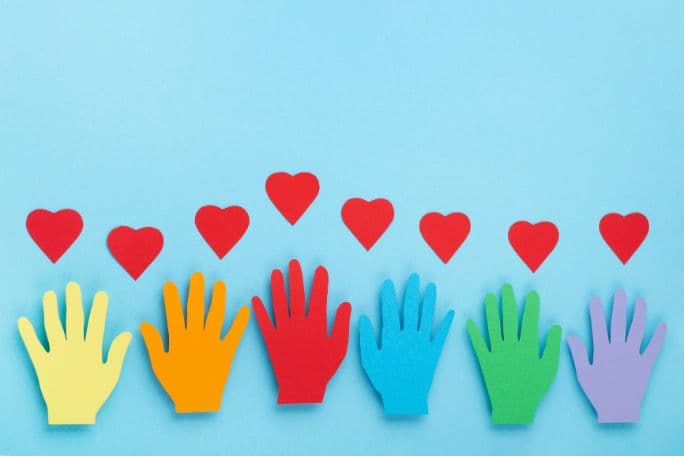
The Realities of Charitable Organisations and Aid
These resources are part of the Empathy in Action: Lessons Inspired by 'The Life You Can Save’ suite of resources, created in collaboration with The Life You Can Save.
This Year 10 English unit, The Realities of Charitable Organisations and Aid, is designed to
- explore the facets of non-profits and government aid from environmental, social and economic perspectives
- develop a deeper understanding of how to assess the impact of charitable organisations
- challenge students to better understand the complexities of and need fo philanthropy and aid across significant global issues
- investigate the proportion and types of government aid assistance around the world, with particular focus on Australia
- support students in using refined criteria to develop plans for giving to charitable causes.
Detailed excerpts from The Life You Can Save by Professor Peter Singer are a key and unique element of these resources and help students understand the different perspectives around giving to charitable organisations.
The Life You Can Save is offering educators FREE 56-book sets to help engage students with key unit themes in this unit. Click the button below to order.
There's a flat shipping rate of $45 per set, but teachers are encouraged to contact The Life You Can Save directly if this cost is a barrier.
You can also dive deeper into unit themes with a free copy of the eBook or by enjoying the audiobook—narrated by celebrities like Kristen Bell, Paul Simon and Stephen Fry—on Spotify.
Tune In
Students explore and assess the impact of non-profits against key criteria from The Life You Can Save and work together to use a cost-benefit analysis to better evaluate the work of charitable organisations.

Find Out
Students develop a deeper understanding of how to assess the impact of charitable organisations by exploring a short case study of a non-profit, the United Nations Sustainable Development Goals, and types of government aid assistance around the world, with a special focus on Australia.



Take Action
Students use Peter Singer’s arguments from The Life You Can Save as central criteria for deciding whether to give to charitable causes by exploring environmental, social, and economic reasons. Working together, students develop a Pledge Plan to look at making their own gift to charity.

